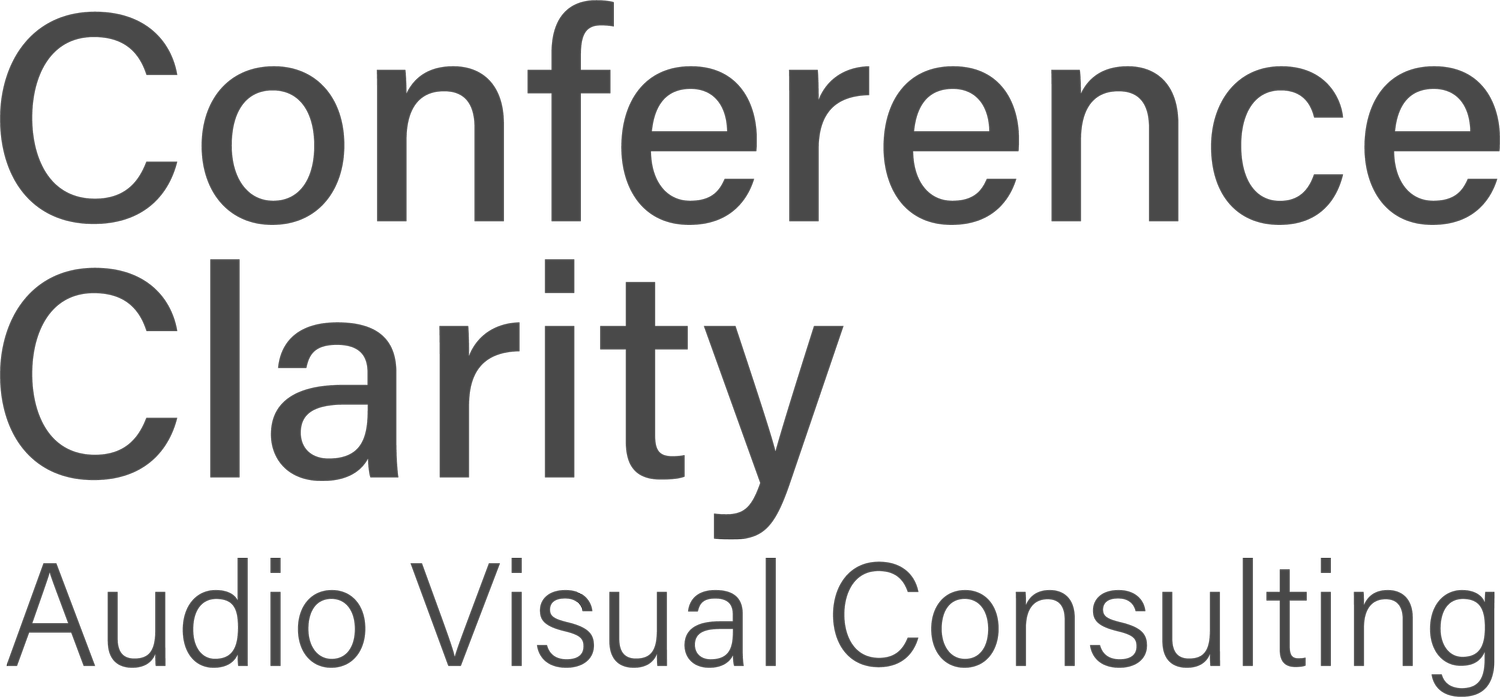Why Your Conference Room Tech Keeps Letting You Down
And What You Can Do to Fix It for Good
We’ve all been there. You walk into a meeting room, ready to present or collaborate — and something doesn’t work. Maybe the screen won’t turn on. Maybe no one can hear the person on the other end of the call. Maybe it takes ten minutes just to figure out how to share your screen.
It’s frustrating. It’s unprofessional. And it happens way more often than it should.
So why does conference room tech so often fall short — even when the equipment is “new” or “top-of-the-line”?
Let’s break it down.
Common Reasons Conference Room Tech Fails
1. It Wasn’t Designed Around Your Actual Workflow
Most AV systems are built around equipment lists — not people. If the integrator or vendor didn’t fully understand how your teams use the space, the system may technically “work,” but won’t work for you.
Do you need to jump into quick video calls? Run hybrid training sessions? Host external client presentations? If those needs weren’t clearly defined, the gear probably won’t match the use case.
2. There’s No Standardization
If every conference room has a slightly different setup, no one knows how to use any of them confidently. This leads to frequent support calls and wasted time.
A good AV consultant helps define consistent user experiences across rooms, so your team feels comfortable walking into any space.
3. Overly Complicated Interfaces
Touch panels, remote controls, and switching systems often overwhelm users with too many options. If it takes a cheat sheet or IT intervention to start a meeting, the design missed the mark.
AV setups should feel invisible. Simplicity is a feature — not a compromise.
4. Poor Installation or Missing Components
Sometimes the right gear is specified but installed poorly. Other times, key accessories like control cables, adapters, or DSP tuning are skipped altogether — often to “save cost” during install.
The result? A system that’s technically complete but practically unusable.
5. No Ongoing Support or Documentation
Conference room systems need more than just a good install — they need lifecycle support. Without documentation, training, or access to help, even a solid system can become a liability over time.
How a Consultant Helps Fix the Problem
Bringing in an AV consultant doesn’t mean starting from scratch or replacing everything. It means getting expert insight on how your systems should support your work — and where they’re falling short.
Here’s how we help:
Evaluate your spaces and existing systems to find the real friction points
Define use cases and workflows that should drive the design (not just gear lists)
Recommend upgrades or changes that make your spaces consistent, intuitive, and reliable
Coordinate with integrators to make sure everything is installed and functioning as intended
Advocate for you — ensuring you're getting the right solution, not just a sale
Real-World Results
In many cases, we’ve helped clients:
Cut down support tickets related to AV by over 50%
Standardize systems across locations so users feel confident in any room
Avoid costly change orders by catching design issues early
Increase usage of meeting rooms that were previously underutilized due to tech frustration
Don’t Let AV Get in the Way of Good Work
Technology should make meetings easier — not harder. If your teams are still struggling with unreliable or confusing AV setups, the issue probably isn’t the gear itself. It’s the strategy behind it.
Need help making sense of your AV setup?
We’d love to take a look and help you get it right. Let’s talk.
